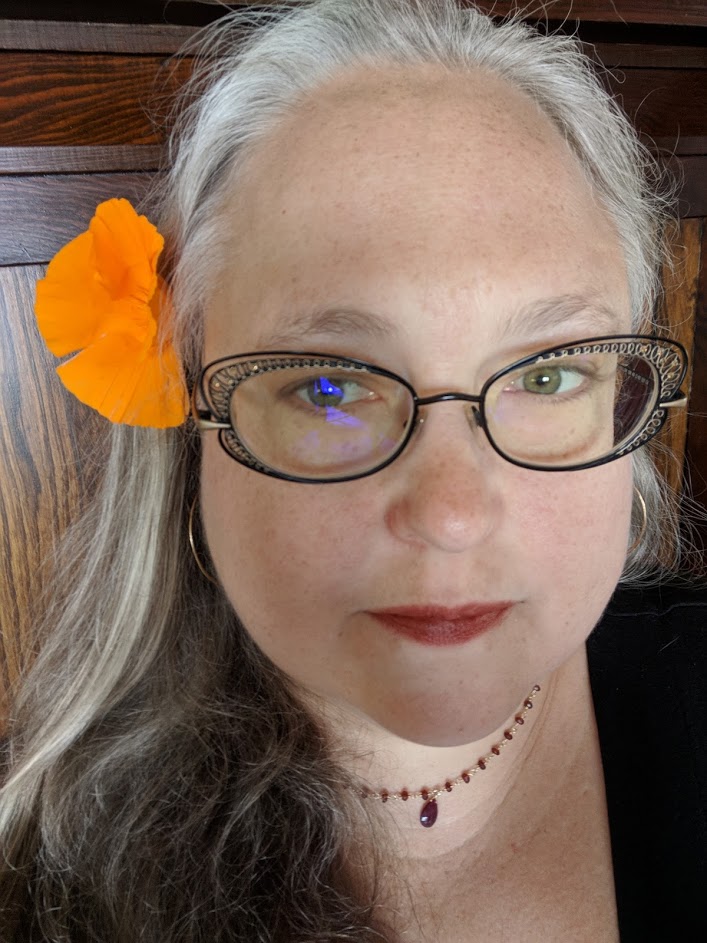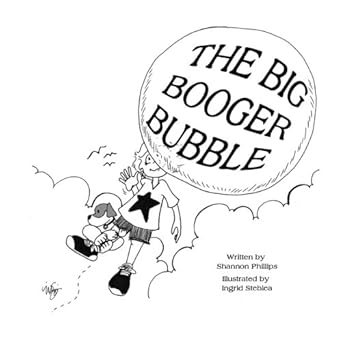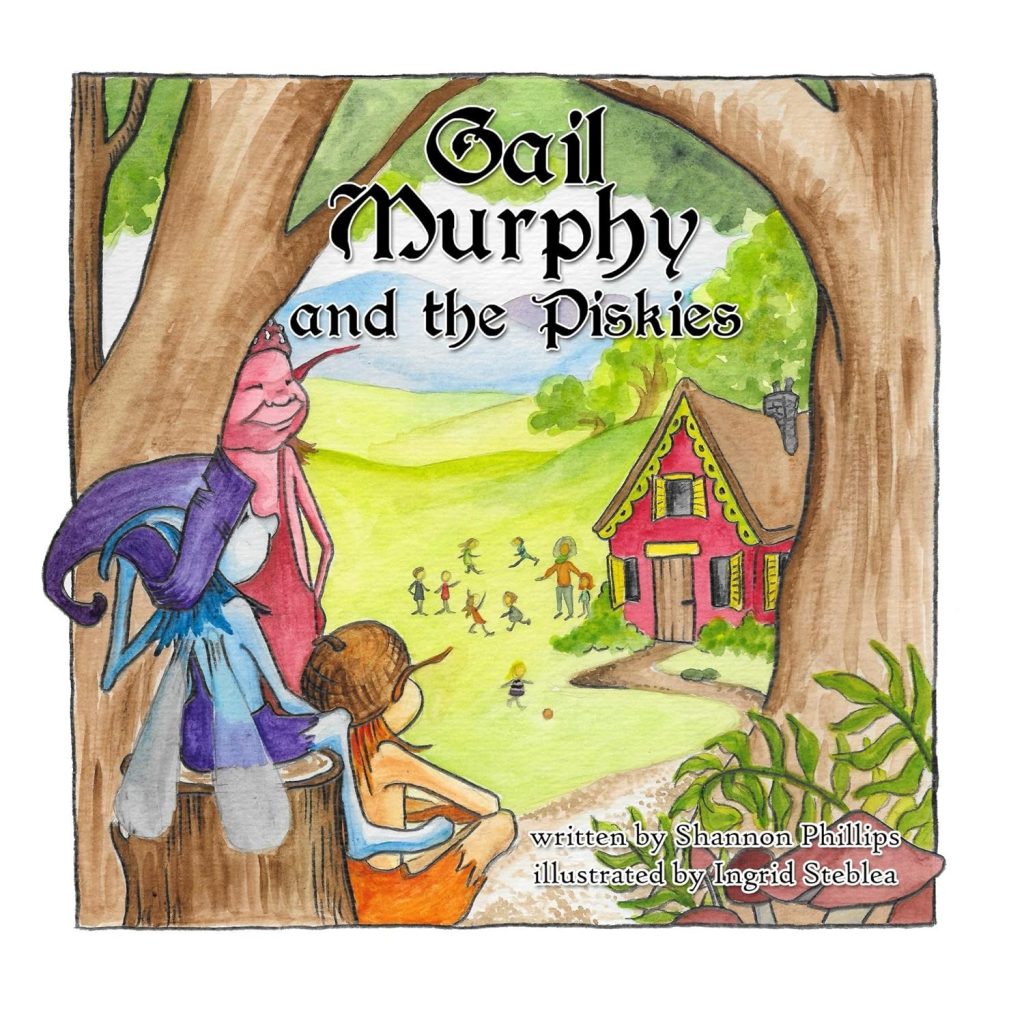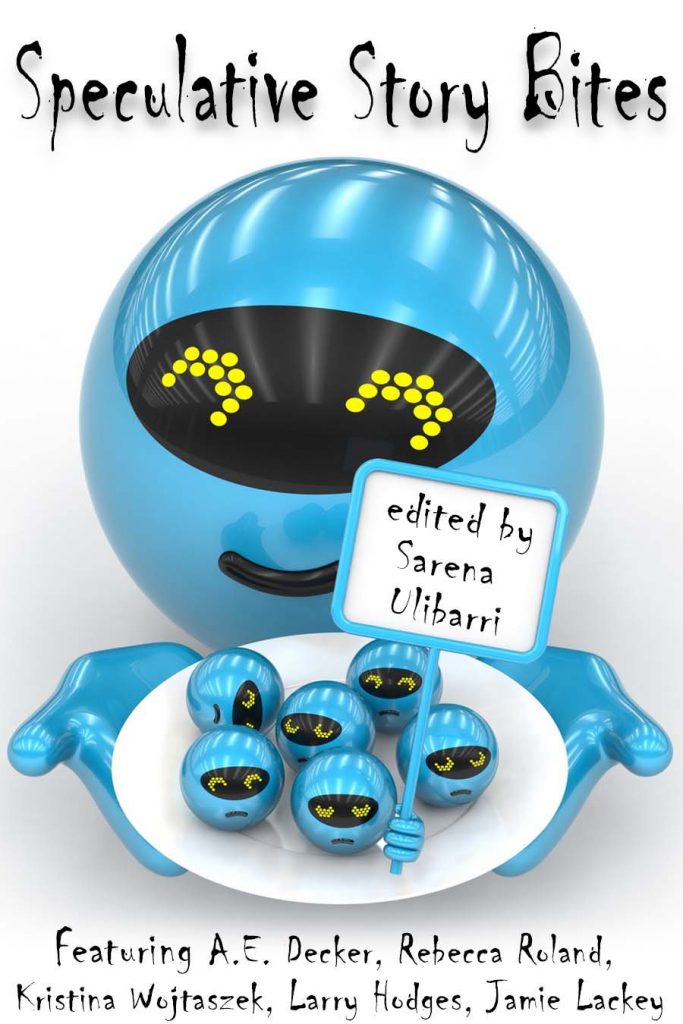Homeschooling and Public Education
This series written for Salon.com by Andrew O’Hehir does a good job of summing up the reasons why increasing numbers of liberal, educated families like ours—families that tend to start from a strong pro-public-education position—are now choosing to homeschool their children, at least for the first few years. There’s nothing new in these articles, but they explicitly lay out the assumptions and perspectives that underlie the modern liberal homeschooling movement.
In related news, “the Texas Board of Education on Friday approved a social studies curriculum that will put a conservative stamp on history and economics textbooks, stressing the superiority of American capitalism, questioning the Founding Fathers’ commitment to a purely secular government and presenting Republican political philosophies in a more positive light.” Because Texas is one of the largest educational markets in the U.S., this will have a big impact on the textbooks available to public schools in other states as well—possibly even in California, which due to the budget crisis won’t be buying new textbooks until 2014.
News like this makes me glad the homeschooling option exists. Of course, one argument that’s often advanced against liberal homeschooling (and one that O’Hehir acknowledges in his piece) is the idea that, by opting out of the public schools, affluent liberals are making themselves part of the problem. Rather than arranging superior educational opportunities for their children, this argument goes, resourceful and well-educated parents should instead engage with their local schools and boards of education, and make them better.
And in fact, a large number of the liberal homeschoolers do re-integrate their kids into the public school system for middle school or high school, or in earlier grades: O’Hehir says he finds it “unlikely” that his kids will be homeschooled through high school, and I’d say it’s unlikely that my kids would be homeschooled even that long. Still, I think the you’re-part-of-the-problem argument makes for a pretty tough sell. Telling any parent that, yes, you could arrange superior educational opportunities for your children, but instead you should deliberately send them to an inferior school, for the public good: even very liberal parents often don’t find that idea terribly persuasive. We’ll sacrifice our money, we’ll sacrifice our time, but we’re not going to sacrifice the well-being of our kids.
Of course, some public schools are just fine. And some parents are willing to engage with an underperforming school, and try to compensate through their own efforts for whatever the system may lack. I certainly admire moms like Sandra Tsing Loh who commit a hundred percent to their local public schools. But I think there’s a pretty telling passage in Loh’s article:
So I, Pushy Type A Mother, went into overdrive, working a tricky combo of cell phone, Internet, and a level of public-radio quasi-celebrity that enabled me to at least get information-seeking phone calls returned. (In the public-school world, accurate and up-to-date information is gold, and often surprisingly hard to come by.) Less exotic weapons included the “You go, girl!” permission of an open-minded school (not all are) and the ability to write standard English (helpful for laying grant-writing groundwork for overworked teachers). Our reward was a generous gift of 36 brand-new stringed instruments from the VH1 Save the Music Foundation…
The thrust of Loh’s piece is an attempt to shame the “NPR-listening, Bobo, chattering class of white people, back into public school.” But not every NPR-listening parent is Sandra Tsing Loh: most of us don’t have celebrity status to call upon, or a directory full of policy-makers’ cell phone numbers. For the non-pushy, non-Type A, decidedly-non-celebrity parent, taking on the local public school bureaucracy single-handed in order to effect a “Lady Bountiful” miracle of orchestras and free violin lessons simply isn’t a realistic option.
O’Hehir’s conclusion—that public school alternatives are neither a cure nor a toxin for our ailing educational system, but rather “viable and valuable” venues for experimentation—seems reasonable to me. After all, even those who choose to homeschool or send their kids to private schools remain invested in the public education system, as it’s creating the world our kids are going to have to live in.











